Understanding the Year of Jubilee and Its Influence on Jesus' Parables
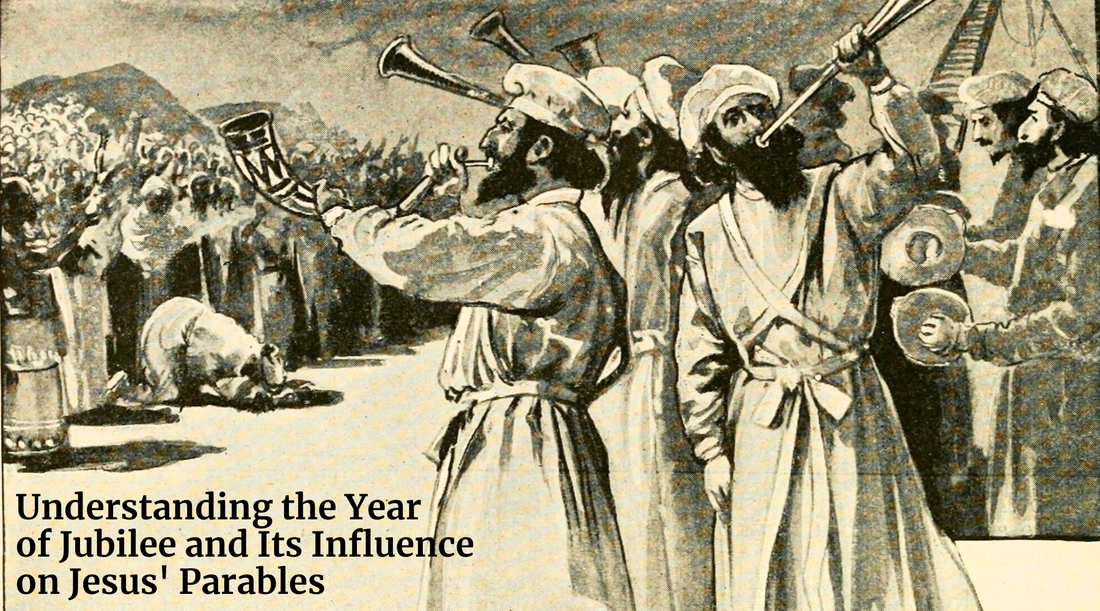
The concept of the Jubilee, a term derived from the Latin "jubileus", has its roots in ancient Hebrew traditions. This unique biblical institution held immense significance for the people of Israel, impacting land ownership, personal freedom, and financial stability.
In this article, we will explore the intriguing aspects of the Jubilee year, shedding light on its origins, regulations, and theological significance.Origins of the Jubilee
The Jubilee year was a special occurrence in the Hebrew calendar. It marked the end of seven cycles of seven years, totaling 49 years.
According to the Book of Leviticus in the Hebrew Bible, the Jubilee year brought about several notable changes in the life of the Israelites. Hebrew slaves and prisoners were granted their freedom, outstanding debts were forgiven, and the mercy of God was made especially evident during this time.
Debates within Rabbinic literature have arisen regarding whether the Jubilee occurred on the 49th year, the last year of seven Sabbatical cycles, or the subsequent 50th year.
Sabbatical cycles are a pattern of counting time in groups of seven. It's like counting to seven and then starting over.
In the context of the Year of Jubilee and the Hebrew calendar, Sabbatical cycles mean that every seven years, something special or important would happen. So, after seven years, they would start counting again, and the same special event would occur every seventh year. This counting helped determine when the Year of Jubilee would take place, which was a significant and special year for the people of Israel.
The Jubilee primarily centered on land, property, and property rights, playing a pivotal role in the socio-economic structure of ancient Israel.
Despite the continued observance of Sabbatical years by many religious Jews in Israel, the regulations for the Jubilee year have not been upheld for centuries.
According to post-exile rabbinic interpretations, the Jubilee only applied when the Jewish people lived in the land of Israel according to their tribes. Thus, with the exile of the tribes of Reuben, Gad, and Manasseh around 600 BCE, the Jubilee became irrelevant.
Etymology of the Term
The term "Jubilee" finds its roots in the Hebrew word "yōḇēl," meaning ram or ram's horn trumpet.
The Jubilee year was inaugurated with a blast on a shofar, an instrument made from a ram's horn, during the holiest day of the Jewish calendar, Yom Kippur. This trumpet blast symbolized the onset of the Jubilee year, which was of great importance to the Israelites.
Purpose and Regulations of the Jubilee Year
The biblical regulations governing the Jubilee year can be found in the Book of Leviticus, specifically in Chapter 25, “For six years sow your fields, and for six years prune your vineyards and gather their crops. But in the seventh year the land is to have a year of sabbath rest, a sabbath to the Lord.”
It required a count of seven Sabbatical years, followed by the sounding of a loud trumpet on the tenth day of the seventh month, coinciding with the Day of Atonement.

The Jubilee year was a time of rest for the land, resembling a Sabbatical year, and involved the return of all property to its original owners or their heirs, with the exception of houses in walled cities owned by laymen. Additionally, all Israelite indentured servants were to be released.
The regulations detailed that the land should be left fallow in the Jubilee year, but the price of land was to be determined by its proximity to the Jubilee, making it cheaper the closer it was to this significant date.
The Year of Jubilee, a sacred and transformative period in Hebrew tradition, brought about profound changes and blessings for the people of Israel. Let's explore some of the remarkable practices and principles observed during this extraordinary year.
Release of Hebrew Slaves: All Hebrew slaves were set free during the Year of Jubilee. This act of liberation was a central aspect of the Jubilee's principles of freedom and justice.
Forgiveness of Debts: All outstanding debts were forgiven, allowing individuals and families to start anew without the burden of financial obligations. This debt forgiveness was a hallmark of the Jubilee year.
Return of Ancestral Lands: Land that had been sold or leased reverted to its original owners or their heirs. This practice ensured that land remained within the ancestral tribes and families, preserving the initial tribal distribution of land in the Promised Land.
Rest for the Land: The land was allowed to rest and lie fallow during the Jubilee year, similar to a Sabbatical year. This practice helped restore the fertility of the soil and was in line with the Jubilee's focus on sustainability.
Sound of the Trumpet: The Jubilee year was inaugurated with the sounding of a shofar, a ram's horn trumpet, on the holiest day of the Jewish calendar, Yom Kippur. This trumpet blast marked the beginning of the Jubilee year and held deep spiritual significance.
While the specific regulations of the Jubilee may no longer be practiced today, its enduring principles of compassion, forgiveness, and the restoration of what was lost continue to resonate with humanity.
The Year of Jubilee is a reminder of the divine values that once guided ancient Israel and continues to inspire individuals and communities worldwide in their pursuit of a more just and compassionate world.
Length of the Jubilee Cycle
There is a debate surrounding the length of the Jubilee cycle. Some argue that it was the 49th year, while others contend that it was the 50th year. Those favoring the latter viewpoint base their arguments on the phrase "hallow the fiftieth year," which was quoted in Leviticus 25:10, and the promise of three years' worth of fruit in the sixth year.
Historical evidence and practical considerations support the 49-year cycle. If the 50th year were also a Sabbatical year, two consecutive fallow years would lead to a shortage of crops and a higher risk of starvation.
The 49th year, in this perspective, is the Jubilee year, an opinion held by Judah the Prince. He was also known as Judah HaNasi, was a Jewish leader in the 2nd and 3rd centuries CE. He is famous for compiling the Mishnah, a vital book of Jewish law and tradition. This helped preserve Jewish customs and laws. He is often called "Rabbi" and is honored for his important work in Jewish scholarship.
The Jubilee in Jewish Tradition
The Jubilee's theological significance revolves around the belief that the land belonged to Yahweh, and its occupants were merely temporary tenants. As such, the Jubilee ensured that land could not be sold permanently. The original division of land among the Israelite tribes was preserved through the Jubilee, which couldn't be imposed until the Israelites were in full control of Canaan.
Furthermore, the concept of servitude was central to the Jubilee. The Israelites, as the servants of Yahweh, should not also be servants of other men. Therefore, the Jubilee mandated the release of Israelite slaves.
Connection to Jesus' Teachings
The parables of Jesus, as found in the New Testament, often carry deep spiritual and moral lessons. While they are not explicitly connected to the Year of Jubilee, some of these parables can be interpreted in a way that resonates with the themes and principles of the Jubilee year.
For example, the Parable of the Unjust Steward (Luke 16:1-13) talks about the absolution of debt in a similar way to the practice of Jubilee.
The Year of Jubilee, as described in the Book of Leviticus, was a time of liberation, restoration, and reconciliation. It emphasized the forgiveness of debts, the release of Hebrew slaves, and the return of ancestral lands to their original owners.
The parables of Jesus also carry messages of liberation, forgiveness, and restoration, which can be seen as reflections of the Jubilee's themes.
Parables Related to the Jubilee
The Parable of the Unforgiving Servant (Matthew 18:21-35): In this parable, a servant who had been forgiven a significant debt by his master refused to forgive a smaller debt owed to him by a fellow servant. The master, upon learning of this, was furious and had the unforgiving servant thrown into prison. The message of forgiveness and the consequences of failing to forgive can be related to the Jubilee's emphasis on debt forgiveness and liberation.
The Parable of the Prodigal Son (Luke 15:11-32): This parable tells the story of a wayward son who squanders his inheritance but is welcomed back by his father with open arms. It reflects the idea of reconciliation and restoration, as seen in the Jubilee's focus on returning to one's family and ancestral land.
The Parable of the Good Samaritan (Luke 10:25-37): While not directly related to the Jubilee, this parable highlights the importance of showing compassion and helping those in need. The Year of Jubilee was a time of mercy and care for the less fortunate, and the Good Samaritan's actions align with these principles.
The Parable of the Lost Sheep (Luke 15:3-7): This parable illustrates God's relentless search for those who have strayed from the righteous path. The concept of seeking out and bringing back the lost aligns with the Jubilee's theme of restoring people to their rightful place and freeing those in bondage.
The Parable of the Workers in the Vineyard (Matthew 20:1-16): In this parable, workers who were hired at different times during the day received the same wage. It conveys the idea of fairness and equal treatment, which can be related to the Jubilee's principles of property rights and fair distribution.
While these parables are not direct references to the Year of Jubilee, they share common themes of forgiveness, restoration, compassion, and fairness, which resonate with the principles of the Jubilee.
Jesus used these stories to convey timeless messages about the values and principles that the Jubilee represented in the Old Testament, emphasizing the importance of grace, love, and reconciliation in the lives of his followers.
Conclusion
The Jubilee year, an ancient and sacred institution in Hebrew tradition, occupied a prominent position in the socio-economic and theological tapestry of ancient Israel. Its multifaceted impact resonated through the core values of justice, freedom, and mercy.
Today, while the specific regulations of the Jubilee may no longer be observed, its enduring principles remain a wellspring of fascination and significance in both religious and historical dialogues.
Delving into the Jubilee year grants us an invaluable glimpse into the intricate weave of ancient Israel's culture and beliefs. It illuminates the divine principles that guided their society, underscoring the profound influence these principles had on the teachings of Jesus.
His timeless parables, resonating with themes of forgiveness, liberation, and restoration, reflect the enduring legacy of the Jubilee, illustrating how the ideals of the ancient Hebrews continue to inspire and guide individuals and communities towards a more compassionate and equitable world.
Image attribution for featured image:
The Art Bible, Comprising the Old and New Testaments: With Numerous Illustrations, 1896.
Publisher: London: G. Newnes
Contributing Library: Princeton Theological Seminary Library
This image is in the public domain. Cropped from original.
No comments





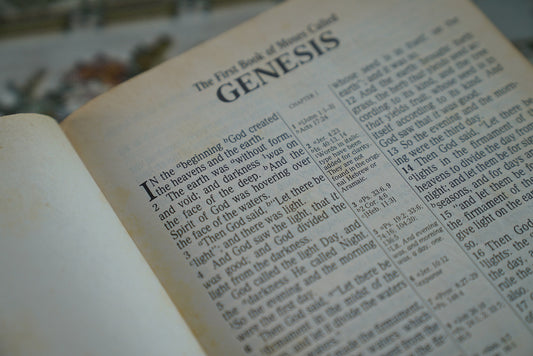
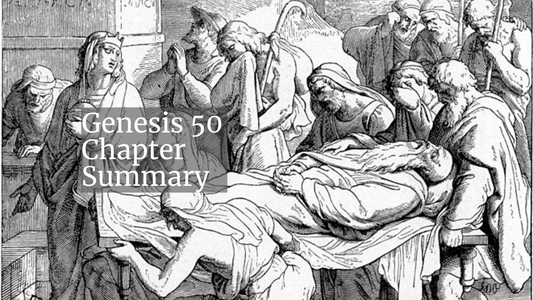
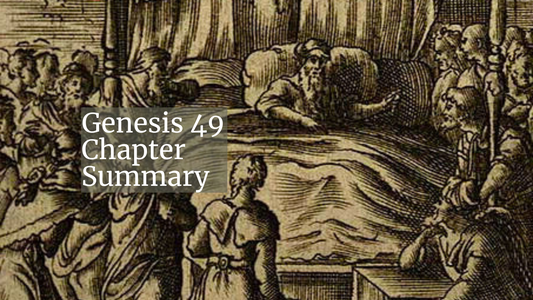
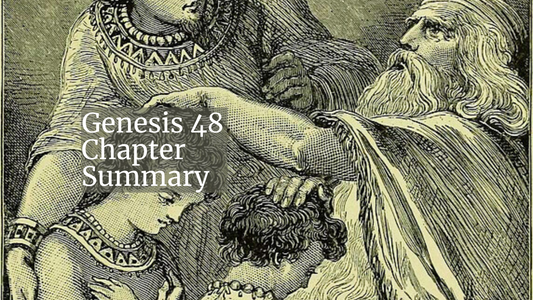
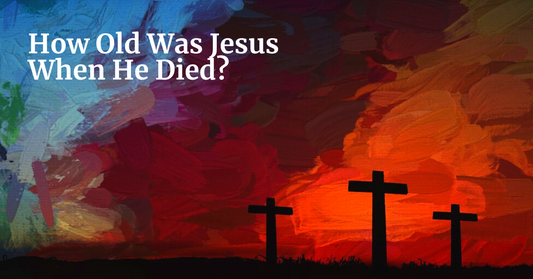
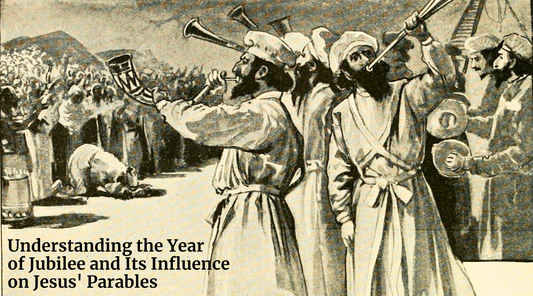

0 comments